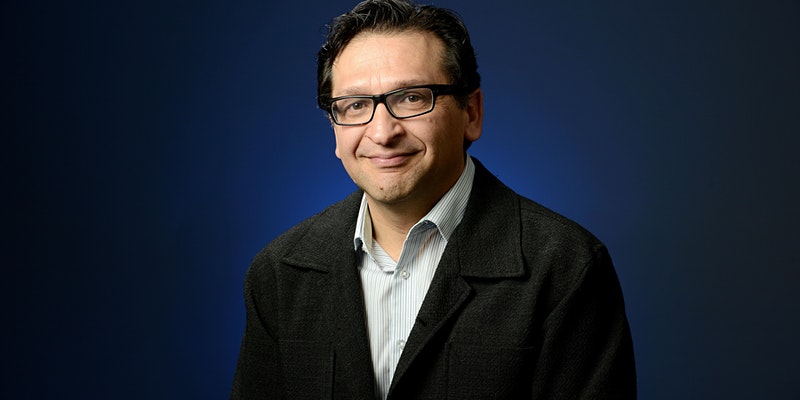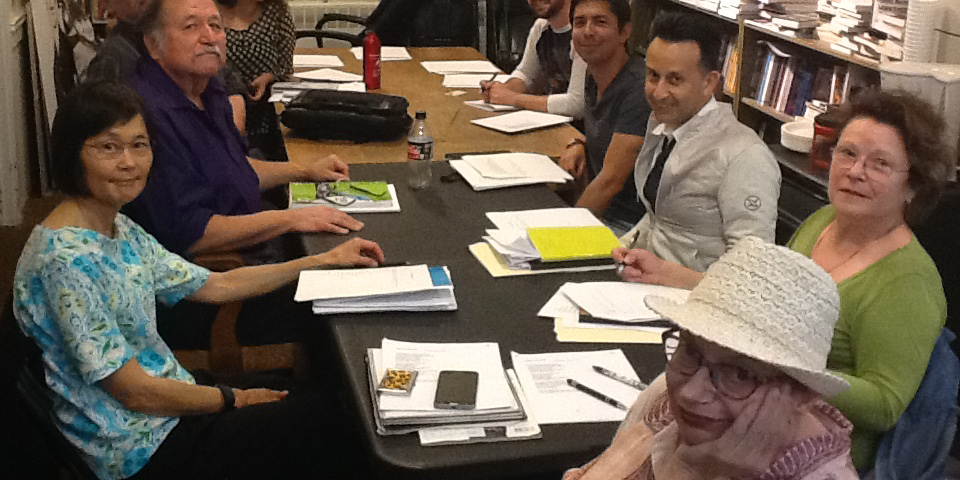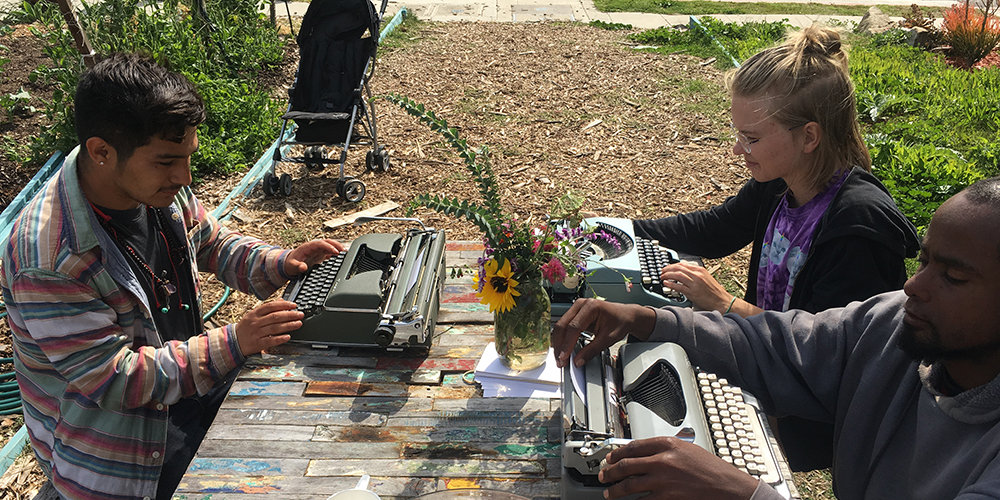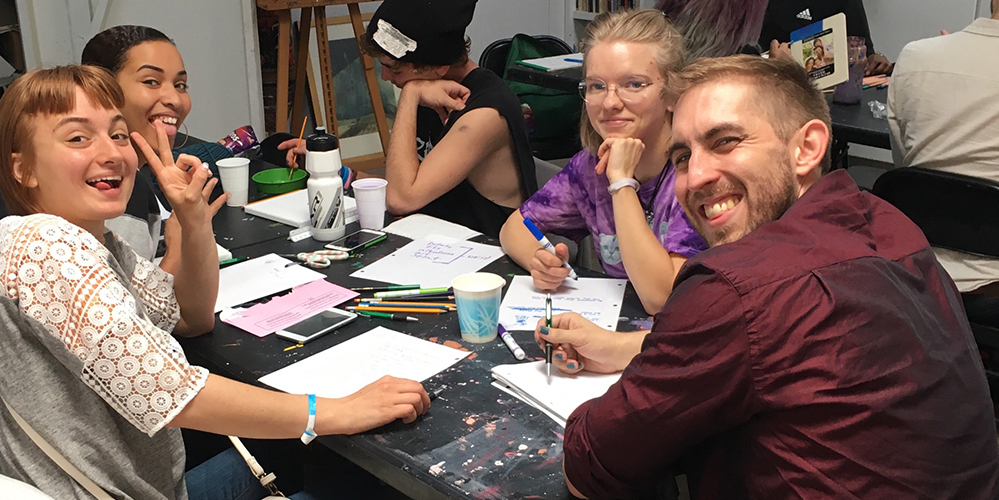free workshops
Back to Main Workshops Page
Instructional Materials
Six-Sided Stories: an Education Workshop with Juan Delgado
 Introduction |
 Workshop Philosophy |
|
 Materials |
 Creative Tasks |
Materials
Check the video (Youtube) and additional information and examples for the cubes. For a working definition and vivid examples of Concrete Poetry, please go to the link I’ve provide:
“What is concrete poetry? Concrete poems are objects composed of words, letters, colors, and typefaces, in which graphic space plays a central role in both design and meaning. Concrete poets experimented boldly with language, incorporating visual, verbal, kinetic, and sonic elements.” (https://blogs.getty.edu/iris/what-is-concrete-poetry/)
Powerpoint Instructions
PowerpointCreative Tasks
I have additional suggestions for Creative Task D:
Do a little research and find the native language or languages of your local area and use it for your cube. For instance, it would be great to see and hear a cube featuring Serrano and Cahuilla, the native languages in my area.
https://en.wikipedia.org/wiki/Serrano_language
https://en.wikipedia.org/wiki/Cahuilla_language
If you are interested in different linguistic communities, you can use your cube to create your own personal Difrasismos,* which means creating semantic couplets. People who speak Nahuatl have a unique way of thinking when they pair two elements to create or express something new. For example, in Nahuatl, speakers bring together “water” and “mountain” to refer to “the city.”
If you have studied Old English Poetry, you are aware of this kind of pairing of two nouns or kenning. In Beowulf, one will come across “whale-road” for “the sea.” In Nahuatl, scholars tell us that this kind of compounding was a special practice in that the Pre-Hispanic people who gave importance to a word by bringing two words that had a special meaning in their culture. For example, “heart” in Nahuatl brings together “eye” and “face,” thus combining two essential ideas. For them, the “eye” and “face” suggest “perception” and “emotion,” which for them equals the heart. What two words represent the heart for you? What two words best represent your city?
*Difrasismo is a term coined by Ángel María Garibay Kintana. Please read Dr. Mercedes Montes de Oca Vega’s explanation and examples of “Diphrases or couplets in Náhuatl.”
Educational Sources
These books below are useful and informed me in developing my workshop.
Rudolf Arnheim’s Toward a Psychology of Art
Rudolf Arnheim’s Visual Thinking
Susan Daniels’ Raising Creative Kids
Alfred Hoyuelos’ The Ethics in Loris Malaguzzi’s Philosophy
Laura Rendon’s Sentipensante (Sensing/Thinking) Pedagogy
Emmitt Williams’ Anthology of Concrete Poetry
